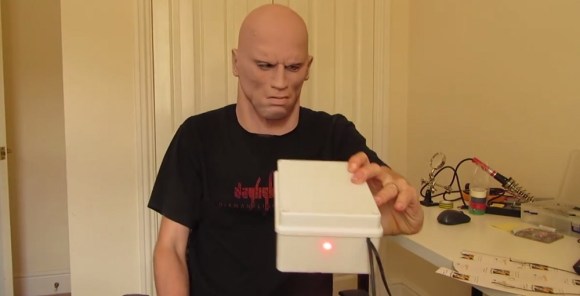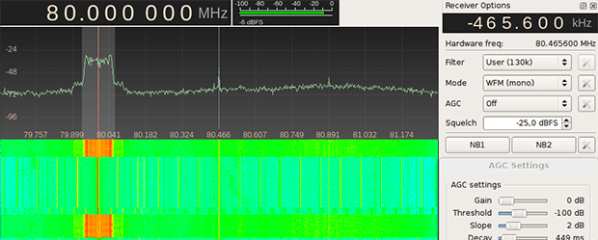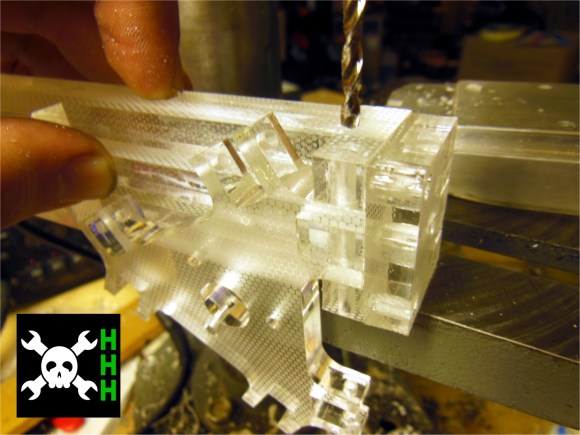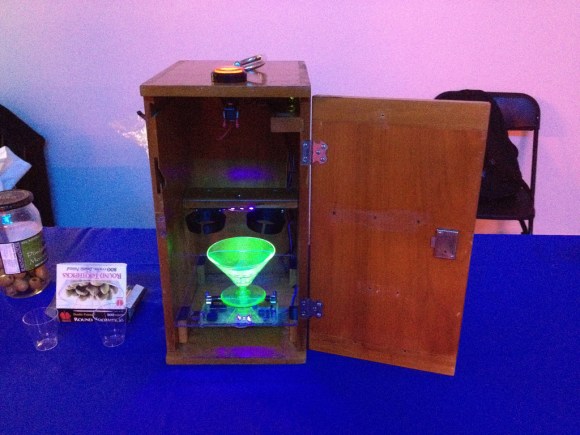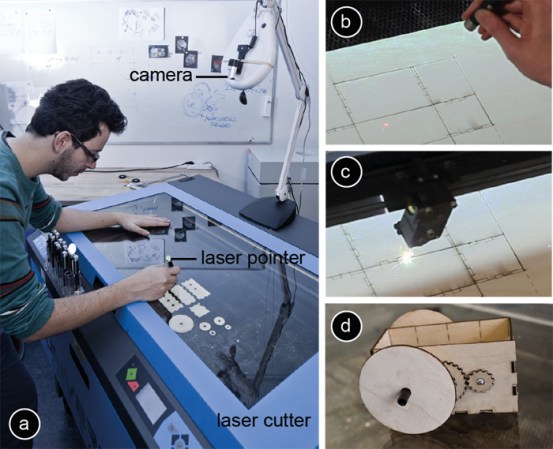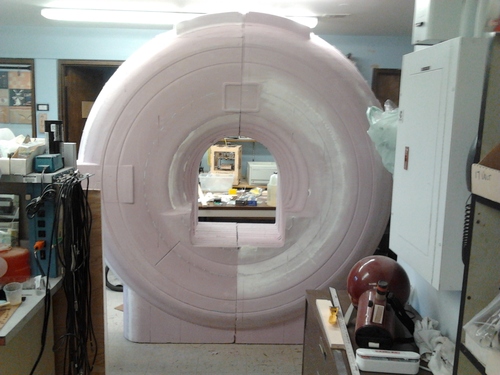Born well into the transistor era of the late 80s, [Fernando] missed out on all the fun you can have with high voltage and vacuum tubes. He wanted to experience this very cool tech, but since you won’t find a tube checker down at the five and dime anymore, where exactly do you get a vacuum tube to play around with? [Fernando]’s solution was to rip apart the vacuum fluorescent display from an old radio (Google Translate) and use that as a triode.
Inside every VFD is a filament, grid, and cathode – three simple elements also found in the triodes of just about every tube amp ever made. By applying a small voltage to the filament, a larger voltage to the cathode, and sending an audio signal to the grid, this triode amplifies the electrical signal coming from a stereo or guitar.
[Fernando] built his circuit on a breadboard, and with a little tweaking managed to get a fairly respectable amount of gain from parts salvaged from a radio. While using VFDs as amplifiers is nothing new – we’ve seen it a few times before, tube builds are always great to see, and bodged up electronics even more so.


